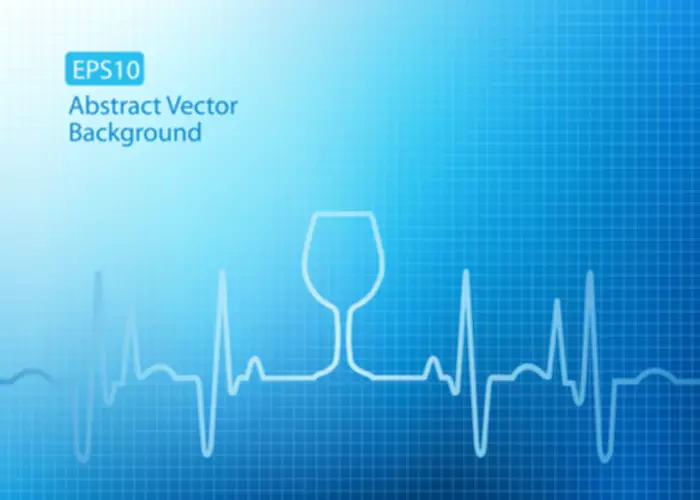
The negative emotional state makes the individual engage in drug use again to experience the high of intoxication again. The cycle continues, making the desire for the high stronger and will lead to addiction if not handled. By clicking the “Check Insurance Coverage” button and submitting this form, I affirm that I have read and agree to this Site’s Terms & Conditions and Privacy Policy. I consent to receive SMS text messages to my cell number provided above for notifications, alerts, and general communication purposes including promotions from a paid advertiser. I understand that I am not required to provide my consent as a condition of purchasing any products or services.
Withdrawal from CNS depressants
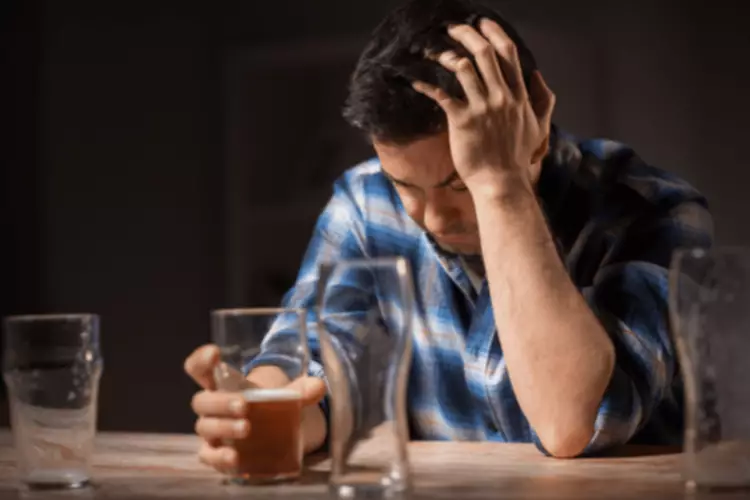
As with most other chronic diseases, such as diabetes, asthma, or heart disease, treatment for drug addiction generally isn’t Substance abuse a cure. People who are recovering from an addiction will be at risk for relapse for years and possibly for their whole lives. Research shows that combining addiction treatment medicines with behavioral therapy ensures the best chance of success for most patients.
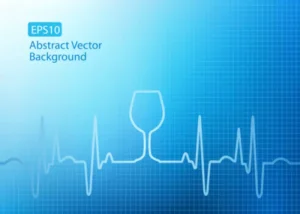
Top 10 Most Addictive Drugs
- There are several similarities and differences between the initial research conducted by David Nutt and that brought forth in the alleged (elusive) Dutch study.
- Effective addiction treatment involves a combination of therapies, medications, and support systems.
- Many of the most highly addictive drugs in the world are prescribed to you by your family doctor, and can be found in the average person’s medicine cabinet.
- It has been used in ritual and ceremonial practices by African tribal cultures.
- Smoking crack cocaine delivers the drug to the brain more quickly, intensifying its effects and reinforcing addiction.
- Most patients who become addicted to prescription painkillers don’t notice they have a problem until they try to stop use.
- Addiction is clinically described as substance use disorder and is characterized by an inability to control substance use.
Drugs manage pain, reduce inflammation, treat infections, and stabilize mental health conditions. For example, antibiotics cure bacterial infections, while insulin regulates blood sugar in diabetes, preventing serious complications. Vaccines prevent diseases by building immunity, and antihypertensives manage high blood pressure, reducing stroke and heart attack risk. Most addictive drugs affect your brain’s reward system by flooding it with dopamine.
Prescription opioids
Taking higher and higher doses of hydrocodone increases one’s risk of overdose, and within a few minutes of someone overdosing on hydrocodone, they may stop breathing entirely. Other dangers of hydrocodone abuse include impaired cognitive and motor function, slowed heart rate, and an increased risk of liver and kidney disease. It may be difficult to spot when someone is abusing prescription medications, but if an individual is using hydrocodone beyond its intended means, treatment options for hydrocodone are available. Moreover, alcohol withdrawal can be deadly, so it is never advised to detox from alcohol without medical supervision. If an individual begins to experience withdrawal symptoms when they are not using alcohol, alcohol addiction treatment options may need to be considered.
- Heroin users commonly inject the drug into their veins to produce a high.
- An opioid drug made from morphine, a natural substance extracted from the seed pod of various opium poppy plants.
- Prescription opioids include drugs like oxycodone (Percocet), morphine, fentanyl, and hydrocodone and are typically prescribed for short-term pain treatment.
- The argument could easily be made that these are more addicting than their addiction rating suggests.
- In reality, the most addictive drugs have profound biochemical effects that make us want to use them over and over.
What are the top 5 most addictive substances?

All three have the potential for addiction, although opioids are by far the most addictive. NSDUH’s 2022 report showed that 8,918,000 (3.2%) people illegally used prescription opioids in the past year. Prescription opioids include drugs like oxycodone (Percocet), morphine, fentanyl, and hydrocodone and are typically prescribed for short-term pain treatment. According to data collected by SAMHSA, the most common way people obtain opioids is through a prescription, not drug dealers or strangers. Drugs like codeine, Vicodin, and OxyContin are commonly prescribed to treat pain. Addiction to opioid painkillers can develop from seemingly harmless levels of use.
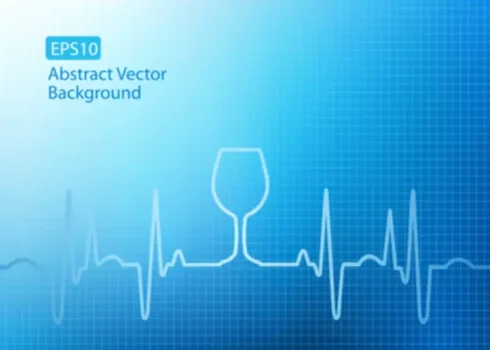
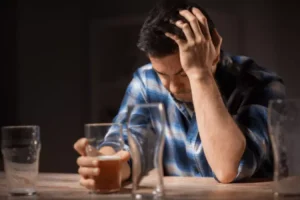
As the number of issued prescriptions rises, so do most addictive drug the rates of people misusing prescription drugs. A wide variety of herbal mixtures containing man-made cannabinoid chemicals related to THC in marijuana but often much stronger and more dangerous. Sometimes misleadingly called “synthetic marijuana” and marketed as a “natural,” “safe,” legal alternative to marijuana.
- For more information, see the Tobacco, Nicotine and E-Cigarettes Research Report.
- Fentanyl AnalogsThis includes carfentanil, acetylfentanyl, and other synthetic opioids that are more potent than morphine and have a high potential for fatal overdose.
- With continued use, the individual starts to feel like they cannot function normally without the substance and become addicted.
- Despite increased health warnings and crackdowns on the tobacco industry, in the United States, Americans who are 21 years of age or older can purchase nicotine and tobacco products.
- Dopamine is the neurotransmitter responsible for pleasure and reward, and many addictive drugs flood the brain with excessive dopamine, leading to intense feelings of euphoria.

